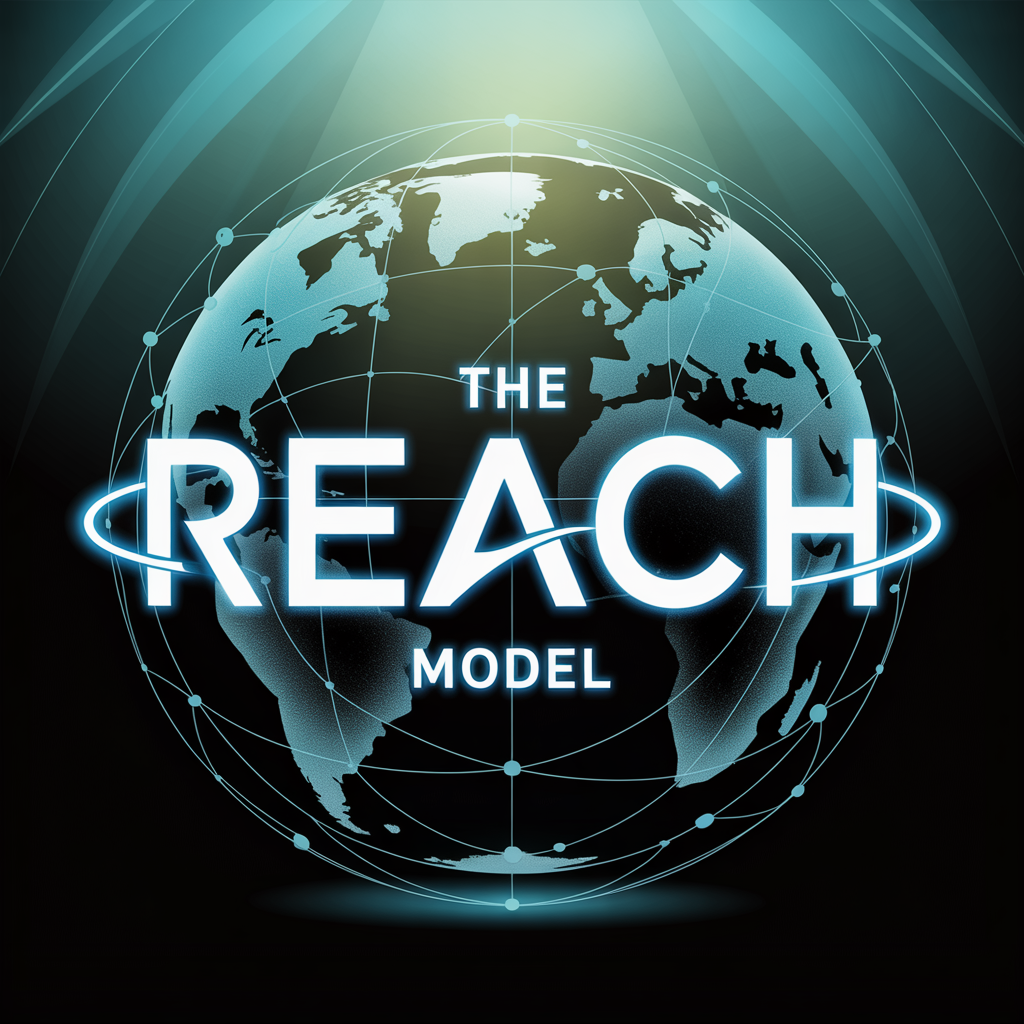Saturday, October 11, 2025
Saturday, October 11, 2025

Oluwatobiloba Akerele:
Beneath the electric glow of a sprawling metropolis skyline, where glass towers stretched boldly against a twilight sky streaked with fading gold and deepening indigo, the nerves inside Nexora’s flagship office buzzed like the city streets below. There was a global smartphone launch that promised to etch the company’s name into history. Teams from Seoul to San Francisco waited breathlessly as the clock ticked closer to unveiling an innovative foldable smartphone destined to captivate half the planet. The sleek device gleamed under studio lights, emblematic of years of dreaming and daring technology.
An invisible storm of miscommunication and overlooked cultural nuances brewed beneath the surface. The ‘‘well-planned’’ launch and roll-out teetered dangerously on the brink of chaos. A software glitch surfaced during final testing, causing unexpected device crashes and rendering key features unstable. The launch was postponed, costing Nexora valuable market momentum and shaking consumer confidence. Critical markets were lost! This cautionary tale speaks to a deeper reality.
Global communication is a sophisticated dance of signals and meanings that traverse languages, cultures, social values, and digital platforms. Brands, governments, and organizations invest enormous resources in crafting messages that earn trust, shift behaviors, and build lasting loyalty on an international scale. Yet, the global stage is fraught with challenges. Global communications can seem scattershot or tone-deaf without a strategic approach. Campaigns falter when local insights are ignored, when departments operate in silos, when technology is adopted without strategy, and when narratives become inconsistent. The complexity demands a paradigm that integrates five necessary components: Research, Engage, Adopt Technology, Collaborate, and Harmonize. These components form the REACH Communications Model.
Research
Research in this context involves understanding people deeply, and moving beyond surface assumptions to consider attitudes, relevant touchpoints, behaviors, and cultural sensibilities when developing and disseminating communication messages. Coca-Cola’s campaigns in South Africa serve as an example. Immersive research revealed that family bonds and celebrations dominated local values, prompting Coke to craft messages centered on togetherness rather than product features. This foundation of insight ensures messages resonate authentically, not superficially. Research in strategic global communication is more than data collection. It streams to understanding cultural empathy, mapping diverse media landscapes, and anticipating challenges before they spiral into problems.
Engage
Engagement creates connection. It is a dialogue process to invite communities into the conversation, shape narratives together instead of dictating terms. During the COVID-19 vaccine awareness campaigns led by the United Nations Development Programme, the success came from enlisting local leaders and healthcare workers to voice concerns and spread trusted information. This inclusive approach enabled credibility in hesitant populations far more effectively than top-down directives would have. Nike’s “Dream Crazier” campaign similarly engaged women athletes worldwide by echoing shared struggles and triumphs, creating a message that felt both intimate and universal.
Adopt Technology
The digital age offers communication tech-based solutions innovations, but indiscriminate adoption of technology leads to scattered efforts. Toyota demonstrates purposeful use of technology by harnessing artificial intelligence to gather and analyze feedback across markets. Thus, enabling nimble adjustments to messaging in real time. This integration ensures communication remains relevant and responsive, maximizing impact across channels without losing strategic coherence. However, it is worthy to note that technology in global communications must strengthen human voices rather than drown them amid algorithmic noise.\
Collaborate
Collaboration is a critical driver of effective communication. Unilever’s Sustainable Living initiative exemplifies collaborative strategy in action. Achieving consistency across multiple markets and departments required marketing, sustainability experts, supply chain teams, local agencies, and NGOs to work hand in hand. Such collaboration dismantles silos, encouraging shared ownership of goals and insights while respecting local realities. It transforms communication from a fragmented endeavor into a seamless, coordinated force that amplifies influence without distortion.
Harmonize
This is the artful stitching that binds every component into a singular, and evocative narrative. Apple leads the way in aligning its global launches so that whether audiences watch in New York, London, or Shanghai, the story is instantly clear, recognizable, and relatable. This requires disciplined stewardship style guides, color guides, oriental guides, and policy guides that consider global consistency while honoring local flavors. Harmonization ensures that all messages act as interwoven strands to avoid discordant notes that often arise from disconnected outputs.
Samsung’s Galaxy Z Fold launch showed how success emerges from deep research, storytelling tailored to diverse cultures, real-time use of technology, collaborative efforts, and harmonized messaging that crossed borders. The World Health Organization’s mental health campaigns tackled stigma by engaging communities, extending reach through mobile technologies, partnering with NGOs, and crafting consistent, empathetic communications that resonated worldwide. IKEA’s entry into emerging markets succeeded through co-creating with local communities, adopting augmented reality tools, and maintaining a clear, consistent narrative on sustainability that connected deeply with new customers.
In sum, business success and sustainable growth is made possible when a global communications strategy is rooted in research, nurtured by engagement, empowered by technology, fueled by collaboration, and aligned through harmonized storytelling. This is the best approach to navigate the complexity of a global audience, preserve authenticity and drive coherence
++++
Oluwatobiloba Akerele is a strategic communication leader with over a decade of progressive and diverse experience. She currently serves as the Communications Leader at KomunIKON.
Oluwatobiloba initiated the Research, Engage, Adopt Technology, Campaign, and Harmonize (REACH)communications model which has been the foundation of winning communication strategies.
Written by: Editor
© 2025 Stratpair Ltd., trading as Strategic. Registered in Ireland: 747736